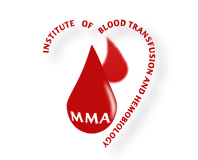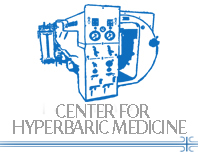
Main procedures and drugs in the treatment of osteoporosis
07. 02. 2010
Adequate calcium and vitamin D intake as well as appropriate physical activity are required for accretion of optimal bone density during youth. It is also very important to abandon unhealthy lifestyle habits like cigarette smoking and alcohol consumption due to their direct affect on bone mineral density. The expected bone mass loss in women in menopauses may be prevented with hormone replacement therapy, i.e. replacement of deficient female sex hormones. In women who underwent hysterectomy, estrogens are used; otherwise, combined estrogen / progesterone hormone therapy is applied. However, potential side effects of this therapy such as higher risk of developing breast cancer, cardiovascular diseases and manifestations of thromboembolic disorders should be kept in mind. In cases where estrogen therapy is contraindicated, a group of drugs known as selective estrogen receptor modulators (SERMs) with same protective effects on bones but having less serious side effects can be the choice of treatment as well. Raloksifen is one of them mostly used.
Bisphosphonates are a large class of drugs which have reliably proved to help increase the bone mass and decrease the risk of fractures in patients receiving long-term bisphosphonate therapy. Therapeutic treatment of osteoporosis as well as other metabolic bone diseases has been considerably improved with the use of those drugs, The most commonly used drugs from this group are alendronat administered at either single dose of 10 mg or at once-weekly dose of 70 mg, risendronat used at once-weekly 35 mg dose and iban-dronate administered orally at the dose of 150 mg once a week or as a single 3 mg intravenous injection at intervals of three months.
In the end, hormone compounds involved in the regulation of calcium metabolism such as calcitonin and teriparatid deserve to be mentioned. In addition to the above mentioned drugs, daily intake of at least 800 IU. of vitamin D and 1 to 1,5 mg of calcium is strongly recommended . The osteoporosis treatment choices should be based on a case-by-case basis and the decision to use either class of drugs is to be taken by a physician.
In the end, hormone compounds involved in the regulation of calcium metabolism such as calcitonin and teriparatid deserve to be mentioned. In addition to the above mentioned drugs, daily intake of at least 800 IU. of vitamin D and 1 to 1,5 mg of calcium is strongly recommended . The osteoporosis treatment choices should be based on a case-by-case basis and the decision to use either class of drugs is to be taken by a physician.
















